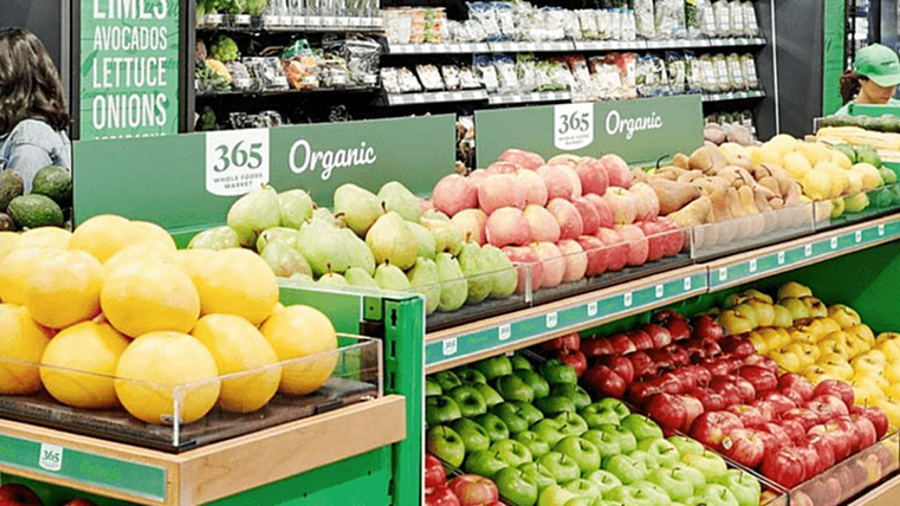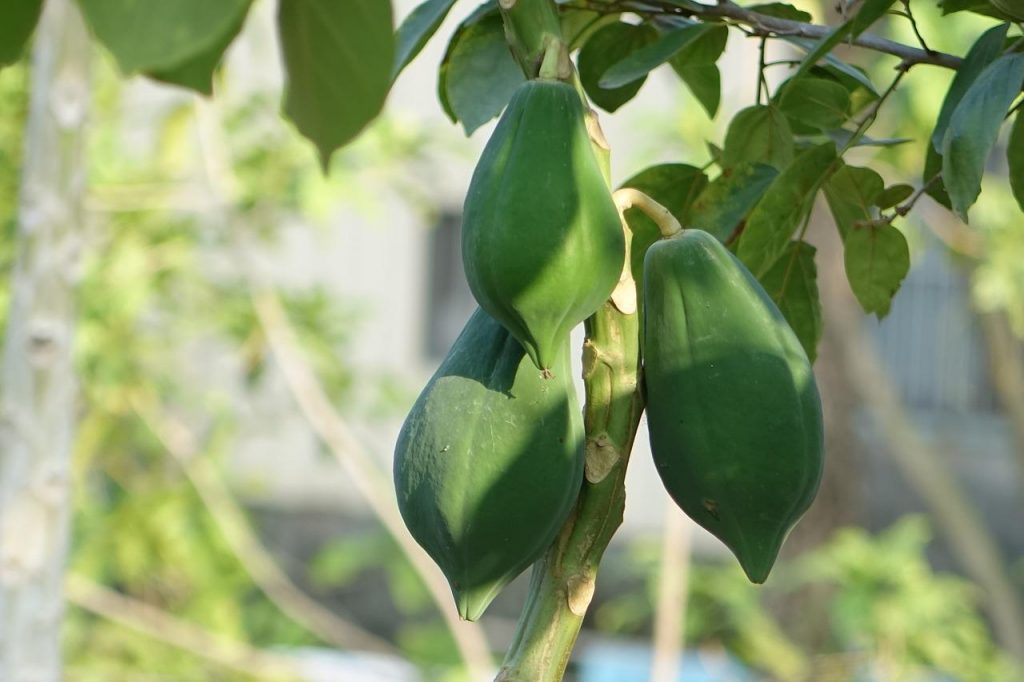A Long-Forgotten Ancient Fruit Has Been Resurrected?
Find out how one ancient fruit is making somewhat of a marvelous comeback.
This article is more than 2 years old

With the increased adoption of more foreign-sounding fruits on the rise, it may come as no surprise that one long-forgotten ancient fruit is getting somewhat of a resurrection. A resurrection, in awareness and popularity, that is. The pawpaw fruit has never actually gone extinct, it had actually just floated from the collective awareness of all those who inhabit North America. However, the BBC reported that in recent years the pawpaw has begun to gain a lot of public interest.
The pawpaw is a subtropical fruit that originated in Central America millions of years ago. With the help of ancient animals like the wooly mammoth and mastodons pawpaw seeds eventually made their way north. Today the pawpaw thrives in 26 of the 48 states in the contiguous United States. Needless to say, pawpaws have quite a healthy population. So why has this ancient fruit remained under the public’s radar for so long?
Pawpaws have largely stayed out of the fruit limelight, not for a lack of deliciousness, but because they are exceedingly picky about their growing conditions. They also tend to sour within just a few days of being picked. Historically, because of this, farmers never found it advantageous to take the time to invest in commercially growing pawpaws. Hence, pawpaws never really made a dent in any commercially grown fruit markets. This is why this ancient fruit has long remained largely separated from the public’s purview.
However, thanks to some diehard pawpaw enthusiasts, pawpaw popularity is slowly beginning to grow. Maryland resident Michael Judd, who cultivates pawpaws on his farm, is hosting the 7th annual Pawpaw Festival. The festival aims to educate and introduce people to the pawpaw fruit. This year’s festival is scheduled to be held on September 17, 2022, at the Long Creek Homestead in Frederick, Maryland.
Judd is passionate about informing the public about just how delicious and nutrient-dense pawpaws are. Judd touts this ancient fruit as a “nutrient-rich superfood.” He’s not wrong in his assertions. Pawpaws are jam-packed with nutrients like zinc, iron, potassium, and vitamin C. They are also rich in life-sustaining amino acids and vital antioxidants.
Judd isn’t the only pawpaw enthusiast making a concerted effort to introduce people to the superfruit. Another longtime passionate grower of this ancient fruit, Chris Chmiel, pointed to a festival in Albany, Ohio that he helps organize and that has been attracting pawpaw lovers everywhere for over 20 years. The 24th annual Ohio Pawpaw Festival is scheduled to take place on September 16-18, 2022.

Chmiel, who has made a career working in sustainable agriculture, detailed that the pawpaw has been a large part of his sustainable farming efforts. During a TEDx talk in 2018, Chmiel explained that because pawpaws have such a prevalent presence and grow in such abundance in North America that they make great candidates for sustainable growing practices. Essentially, Chmiel is saying that sustainable agriculture involves leveraging the foods that grow and thrive naturally in the area the one lives in. The ancient pawpaw fruit meets that criteria to a tee.
While the majority of the North American populace still may not have caught wind of the power of the pawpaw, there are clearly communities out there committed to spreading the word on just how beneficial this ancient fruit is for both the human body and the environment. Not to mention, pawpaws are also known for how utterly delicious they are. Sheri Crabtree, who researches pawpaws at Kentucky State University, described the ancient fruit as “a blend of banana and mango, with undertones of vanilla, caramel, pineapple, coconut, and melon.” That is a yum-inducing combination if there ever was one.






